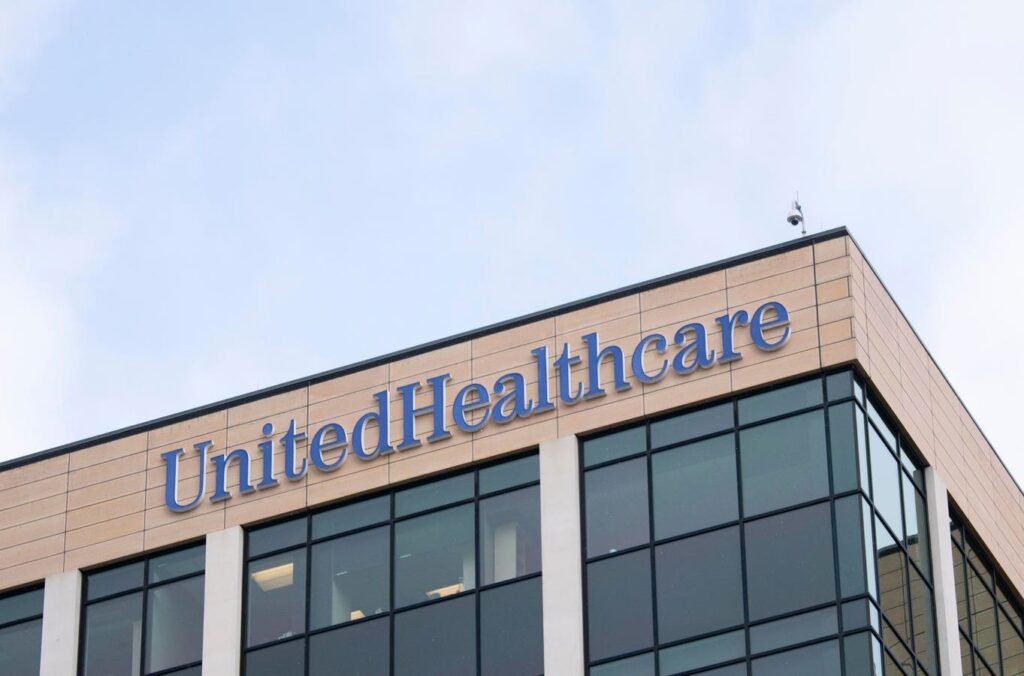UnitedHealth Group is facing challenges following the tragic loss of the head of its health insurance business, Brian Thompson. The company is dealing with rising costs and tough negotiations with governments to provide health benefits to elderly and poor Americans. The photo shows the United Healthcare corporate headquarters in Minnetonka, Minnesota. (Photo by Stephen Maturen/Getty Images)
After the shooting death of UnitedHealthcare chief executive Brian Thompson, concerns about health insurer denials of medical care have emerged on social media and among industry critics. Some members of Congress are calling for reforms, although any changes are not expected to take effect until 2025.
In the near term, UnitedHealth’s UnitedHealthcare business, along with competitors like Centene, Humana, Elevance Health, and CVS Health’s Aetna health insurance unit, are facing challenges in their government-funded programs such as Medicaid and Medicare Advantage.
A report from Fitch Ratings highlights the ongoing pricing challenges faced by U.S. health insurers working with state Medicaid programs. The pressure on Medicaid margins is expected to continue into the first half of 2025, impacting insurers’ profitability.
Rising healthcare costs due to increased care post-COVID-19, particularly in Medicaid and Medicare Advantage, are adding to insurers’ financial burdens. The top health insurers are projected to have a high annual medical care ratio for 2024, with UnitedHealthcare’s ratio increasing compared to the previous year.
Despite these challenges, companies like UnitedHealth Group, Humana, and CVS Health have diversified businesses that provide medical care, helping to mitigate the impact of rising costs in their health insurance segments.
Fitch Ratings notes that while rising medical loss ratios are a concern, factors like lower administrative ratios and stronger investment income are helping to offset some of the financial strain. Business diversification among health insurers is also playing a role in cushioning the effects of increased healthcare utilization.


